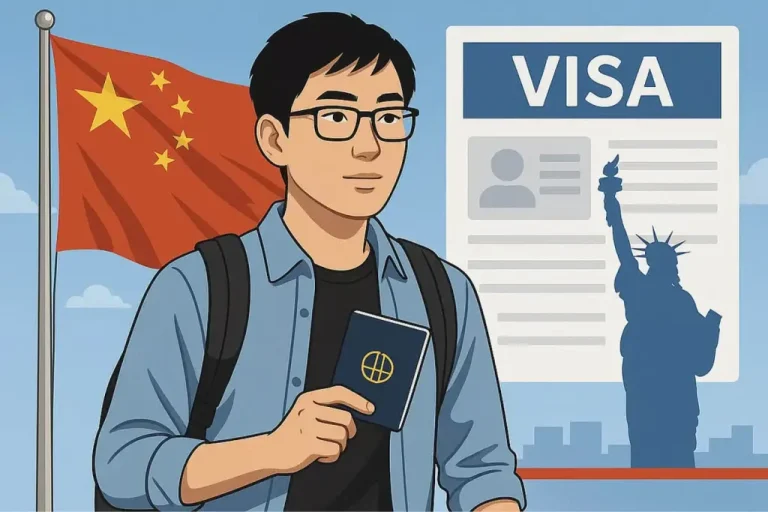China has also implemented a new type of visa which is referred to as the K Visa and this is designed to attract international technology talent. The program aims to offer a better way to live, work and contribute to the emerging innovation sector in China to the young professionals in science, technology and engineering and field of mathematics (STEM). In contrast to the conventional visa alternatives in most countries, the K Visa does not demand an employment offer in advance, which is of particular interest to graduates and professionals in their early career.
Why China introduced the K Visa
The K Visa issued to China is a reflection of the overall approach the nation has in making itself an innovation capital and a place to invest foreign capital. Whereas the United States and other western nations have become more restrictive of visa regulations or added to the expenses including the high fee increase of the U.S. H-1B visa, China is sending signals of openness, including reducing the obstacles to skilled migration. The relocation is a component of the current attempts of China to enhance its economy and technological competitiveness.
Main Features of the K Visa
No Job Offer Necessary: It is not necessary that applicants have to obtain the sponsorship of an employer prior to application.
Target Audience: Young STEM graduates and overseas professionals.
Opportunities: There is an ease of entry, residence and work permits that provide professionals with a wide range of freedom.
Higher Policy Objectives: Making China an alternative destination to Westerners instead of a choice.
Benefits for Applicants
The K Visa is simpler and could be faster than the U.S. H-1B system, where the employer has to sponsor the graduate, is lottery-like and has a small number of slots annually. The K Visa is an alternative that can be very useful to many STEM graduates in particular such as in the U.S. countries such as India where graduates have the tradition of sending a considerable number of applicants to the U.S.
Challenges and Limitations
Even though it has its benefits, there are some questions to be answered. The Chinese government has failed to give specific instructions on age restriction, qualification, or long term benefits like permanent residence. Language is also a challenge where most tech firms in China are Mandarin. In addition to this, China does not usually confer citizenship to foreigners, which could be constraining to some applicants in the long term.
Global Context
Other nations such as Germany, South Korea and New Zealand are also relaxing immigration laws to acquire foreign talent. The K Visa of China is a part of this broader international contest to achieve the brightest in the fields of technology and innovations. Provided that it succeeds, it may allow China to enhance its presence in the high-tech sector and compensate for the effects of Western visa limitations.
The K Visa puts quite significant emphasis on a major change, as some nations are becoming increasingly restrictive to immigration routes, and others find skilled migration an avenue to expand their economy. To international professionals, this translates into an increase in options, and in the case of China this is even a slight triumph in attracting foreign STEM workers to contribute to its technological advantage.
Read: World Tech News Today







